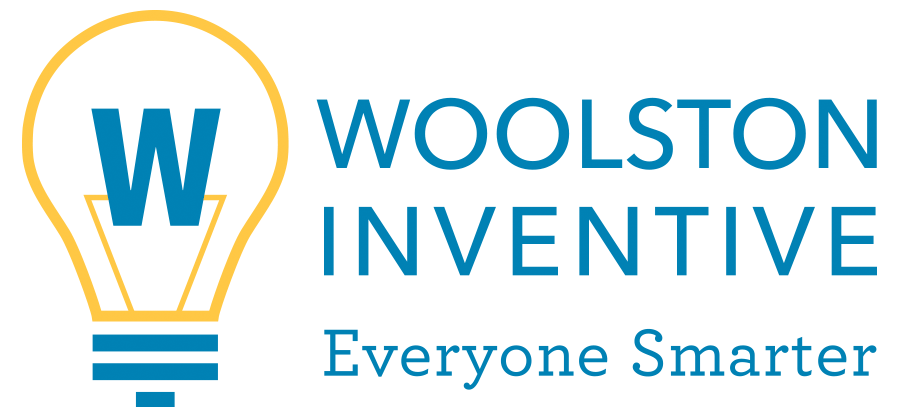Higher Ed's Perfect Storm
- pjwoolston
- Mar 9
- 3 min read
It is a particularly turbulent time for higher education. There is no shortage of news highlighting the chronic conditions that are finally triumphing over our ability to dodge them, such as the perennial conversation about cost and value, the ever waxing and waning popularity of different majors, and the question of relevance. Simultaneously, it seems like every cycle there is some unexpected acute situation that plagues us too, like the FAFSA Simplification situation in 2024. It might seem unfair to call out something as extraordinary and unique as FAFSA Simplification… except there is always some “one crazy thing”! Who expected the Varsity Blues scandal in 2019? Or how regularly there is some sort of meltdown from an important higher ed service provider or contractor or vendor in an undiversified field where the meltdown has a highly disruptive impact on most colleges and universities?
You might hear your people mention that this year is the “perfect storm.” Certainly that is something we heard a lot of during the 2024 calendar year between the aforementioned FAFSA situation, political events, actual arrival of the demographic cliff, and the declining college going rates among an already-smaller population. The challenge for the higher ed community though is that it needs to come to terms with being a tourist town on a gulf coast where “the perfect storm” happens with alarming consistency and therefore predictability.

What actually is a perfect storm? A perfect storm is the result of unique (meaning individual or distinct, not meaning unexpected) weather events that is created by the combination of multiple unconnected weather conditions (extreme or bordering on extreme) that are related only by proximity. Those conditions include differences in air pressure, precipitation (usually but not exclusively rain), wind, etc., and are oftentimes exacerbated by people (the impact of construction or habitation, fire, neglect, etc.). One of the drivers of the entire discussion is the exacerbation of weather conditions to the point of sheer inhospitality, but actually those weather conditions are almost always unsurprising. Increasingly now with the modern science that we have, those weather conditions are not only unsurprising but predictable. We can anticipate earlier than ever, sometimes even with remarkable accuracy.
It is the combination of extremes that turns out to be so destructive, but in fact in an area where we frequently see differences or drops in air pressure fueling storm situations, and/or overly abundant precipitation, and/or high seasonal winds, and/or the unintended consequences of human habitation... the combination of these factors is literally inevitable at some point. It is not surprising, it is just statistics. It is actually naïve to be as unprepared as we sometimes are for these extreme situations, if not negligent or possibly even criminal.
So it is with higher ed. Not only have we seen these challenges play out in remarkably reliable and cyclical fashion, but we have also been actually watching as those same problems barrel out of control. Further, we have been watching these things come at us for years and even decades (the demographic cliff being the perfect example!).
So watch for that expression, the “perfect storm,” this year. Set a Google alert and watch how many times it pops up. Turn on your personal alert perception so you are aware when it comes up around you. Unfortunately, there is a perfect storm just about every year now, so it is really our fault if we are not prepared.



